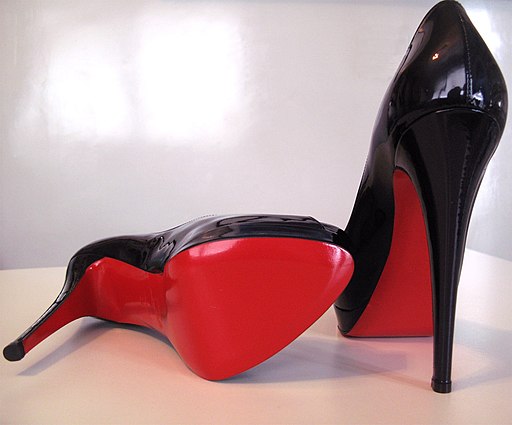In an ongoing effort to un-boring-ify wardrobes everywhere, I've created an easy approach that you can use to build an exciting outfit. Did I mention it's easy??
*Apply the following steps to separate items.
Step 1. Choose a Color. I highly recommend you choose a flattering color and choose to wear in near your face. Why? A good color can make your face look even better than it already is. Awesome, right? At their very best, neutrals don't detract from your lovely face, but neutrals aren't able to enhance that lovely face. A flattering color near your face could mean a top, or the top of a dress or jumpsuit, or it could mean your outerwear, or a hat, or a statement necklace.
Step 2. Choose a Print. Ya'll probably think I'm print obsessed. Well, I am. Prints are an easy way to add a lot of interest, and they can be found in every color, every type of garment/accessory, and at every price tier. They're basically amazing. Go big with a print dress, or isolate it to a small clutch or even the trim on a shoe or jacket. If your outfits seem blah, try adding a print somewhere. Ideally choose one that flatters your personal lines and energy, and if you're not sure what suits you, I can help as a stylist.
Step 3. Choose a Texture or Design Interest. A texture means a noteworthy texture- something that stands out. A few ideas: lace, patent leather, organza, velvet, jacquard, brocade, tweed, angora, satin, mohair, suede, quilted leather, popcorn knits, corduroy, taffeta, netting. A design interest might be a: wrap, knot, twist, tear, sheer panel, drape, bow, fringe, asymmetrical hem, one shoulder, cold shoulder, tassel, rosette.
A Breakdown using KLM Style Addition
Outfit #1: purple coat (color) + stained glass shoes (print) + blouse with ribbon ties (design interest) and ripped jeans (design interest)
Outfit #2: green silk blouse (color and texture) + b/w midi skirt (print and design interest) + snake embossed black slip ons (texture)
Outfit #3: blue print jacquard top (color, print, texture, and design interest) + black wrap skirt (design interest) + blue booties (color)
We see a blouse that contains all three steps. The blouse is a wonderful blue, has a print, and has both a texture in the form of jacquard and design interest at the neckline in the form of a knot that creates draping. It's a lot, right? But the effect is far from overwhelming because it's all smoothly in one garment. You could wear a plain black pencil skirt and plain black leather pumps to create the rest of your outfit, but that would get a *yawn* from me. I chose to claim the blouse as a print (step 2) and paired it with a black skirt with a wrap and asymmetrical hem (design interest step 3) and blue booties (color step 1).
If you choose to take the blouse as a color, you could try to find another print that would work with it. I'm having trouble thinking of one that would off the top of my head. As an alternative, you could break the only rule (apply the three steps to separate items) choose to claim the blouse as both your print (step 2) and your color (step 1) and try to add A LOT of design interest (step 3) in your choices of bottoms, shoes, and accessories.
Outfit #4: silk pink blouse (color, design interest, and texture) + pant + leopard purse (print + color + texture) + pump with contrast heel (design interest)
This example flirts with the rule. It would be better if the pant had a little something going for it, but I wanted a tame example to show that you can follow the KLM equation and still put together a classic office look. The KLM equation works for whatever realm of your life you're dressing for. If your work uniform doesn't allow color or print, choose it for your coat and purse, or find (or diy) fun linings to your clothes so that you'll know they're there.
Outfit #5: flamingo dress (print + color) + red purse (color) + red bow sandals (design interest + color)
You can see that many times an item might have 2 or even all 3 steps going for it. When you're building an outfit, you'll have to choose which one of the steps that item will stand for. Don't forget to step back and make sure it's still all working together cohesively :)
If you decide to try it out, I would LOVE to see what you come up with using my style addition! Please share it in the comments.




